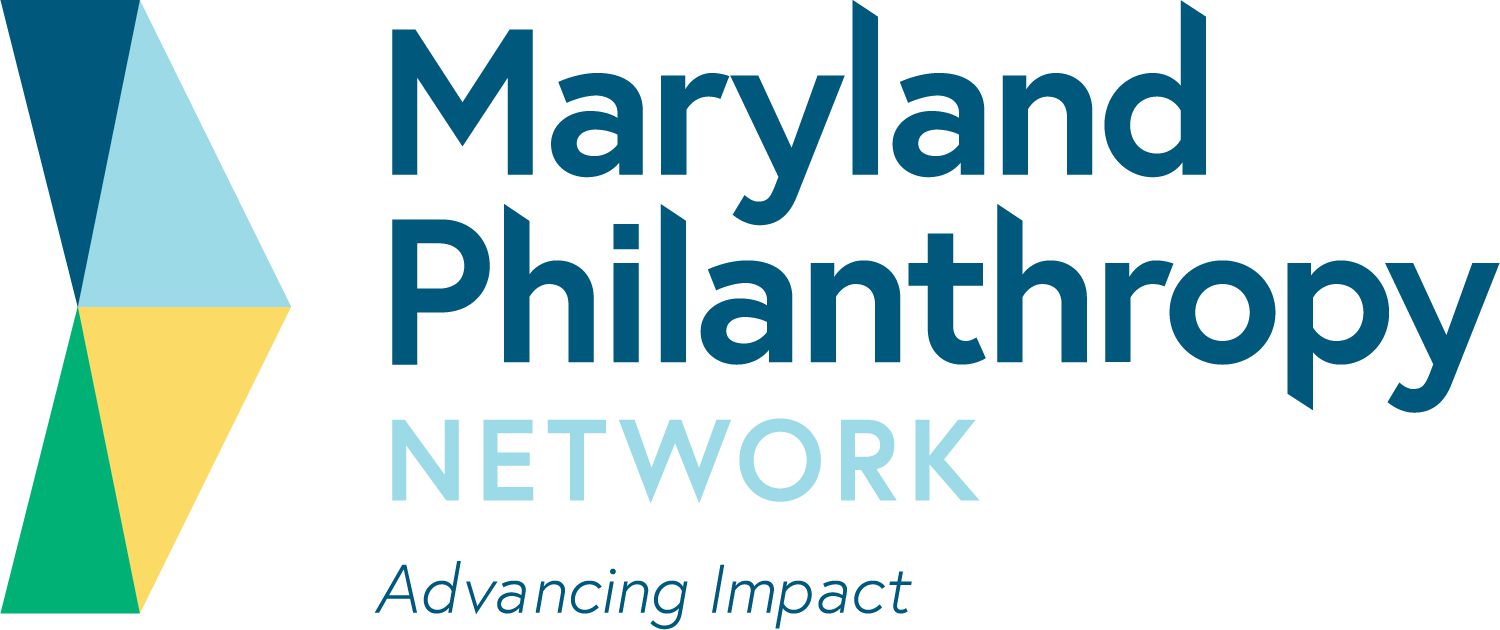TO GROW CITY POPULATION, START IN THE MIDDLE
During her inaugural address in December 2011, Mayor Stephanie Rawlings-Blake proposed an ambitious goal to grow the city by 10,000 households over 10 years.
This summer, members of the Maryland Philanthropy Network joined the mayor for a candid conversation about strategies and opportunities for collaboration in achieving that goal.
Great advice can also be found in a recent Goldseker Foundation study by Paul C. Brophy called "Great Neighborhoods, Great City” which analyzes what happened in Baltimore's neighborhoods during the past decade and suggests strategies for going forward.
Brophy, long-time program consultant to the Goldseker Foundation with more than 30 years experience in the field of housing and community development, recommends where the focus should be to be successful in repopulating Baltimore.
The report found that the city can be roughly divided among neighborhoods that are stable and attractive (36 percent); those "in the middle,” that is, stable but requiring attention to offset potential deterioration (35 percent) and those already seriously deteriorated (29 percent), where residents continue to leave.
The report is based on data from the Baltimore Neighborhood Indicators Alliance at the University of Baltimore and the Baltimore City Department of Planning and work done by the Philadelphia Reinvestment Fund.
Livable and affordable
The key issue raised by the report is that if the community is going to be able to help Mayor Stephanie Rawlings-Blake achieve her goal of increasing the city's population, then focus and programs are needed in the middle neighborhoods.
The stable communities are retaining residents and will continue to thrive, provided city government continues to offer solid basic services. Baltimore gained almost 10,000 college-educated residents in the 2000s, newcomers who are largely living in these attractive neighborhoods.
The badly deteriorated neighborhoods are not likely to attract newcomers and need long-term interventions. These include aggregating vacant land for future investment and interim uses like urban farming. It will be important to provide basic city services to remaining residents in these communities as well.
The middle neighborhoods, though requiring modest levels of public and private investment, have solid, reasonably priced housing and important physical and economic assets such as colleges and universities, medical centers and parks. Some also have schools that are performing better than we typically expect.
These neighborhoods are typically overlooked by newcomers, yet they are livable and affordable.
Improving the focus
Here are some ways to improve the focus on these neighborhoods, according to the report:
- Aggressively market these middle neighborhoods and their assets through Live Baltimore, a single-purpose nonprofit that has been doing this successfully for the past decade.
- Widely adopt the principles and experience of Healthy Neighborhoods Inc., whose sole mission over the same period has been precisely to improve real estate values and resident leadership in these middle communities.
- Build upon existing areas of strength such as the University of Maryland Baltimore BioPark, the Station North Arts and Entertainment District, and the Johns Hopkins medical centers of East Baltimore and Bayview.
- Encourage banks to target more mortgage and home improvement lending in these middle neighborhoods.
- Target city government investment in these neighborhoods, since federal funds typically carry household income restrictions that don't apply in these areas.
- Provide more employer-funded live-near-your-work incentives in collaboration with the city's existing program.
Brophy also noted that helping these middle neighborhoods as a strategy to increase the city's population isn't solely a city government responsibility.
Institutions and city residents share the task of improving neighborhoods and increasing population. I think that many participants at the mayor's conversation with members of the philanthropic community would say "ditto.”
Betsy Nelson, president of the Maryland Philanthropy Network, writes every other week for The Daily Record. She can be reached at 410-727-1205 or bnelson@marylandphilanthropy.org.
FIND MORE BY:

